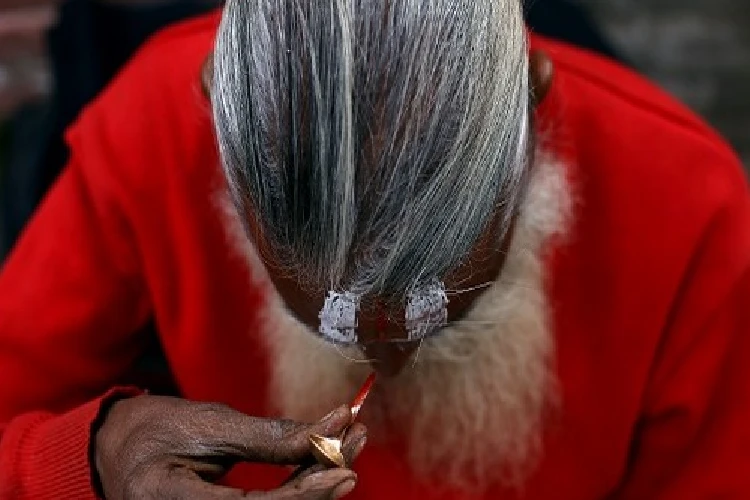
Kathmandu
With Maha Shivaratri on Tuesday, Sadhus have already thronged the sacred temple of Pashupatinath in Nepal's capital Kathmandu. The courtyard of the Ram Mandir in the premises of Pashupatinath temple, a UNESCO world heritage site and pilgrimage destination for Hindu devotees, is brimming with Sadhus as they return after the COVID-19 pandemic.
"For six months each year, I stay at Kedarnath, one month at Amarnath, that too for the month of Shrawan, and then I come here to Pashupatinath and Doleshwor Mahadev which is the head of Kedarnath. As people go to Mata Vaishno Devi and until you don't go to Bhairabnath then your pilgrimage won't be complete, we go to Kedarnath and come here to Pashupatinath and Doleshwor Mahadev so that our pilgrimage is complete," a Sadhu from India who came to Pashupatinath temple for Shivaratri said.
The world heritage site these days is flooded with Sadhus from India and other parts of the world as Pashupatinath temple is one of the 'Shakti Piths'. More than 7000 saints from Nepal and India are expected to come to the temple area by evening as Maha Shivaratri falls on Tuesday this year.
The Maha Shivaratri which falls on 1st March this year will witness an inflow of over a million pilgrims from Nepal as well as India to the temple. With the approaching festival, the Pashupati Area Development Trust has geared up for the preparations and is set to complete it by Monday. "Maha Shivaratri" known as the night of Lord Shiva is observed with great fervour in Nepal as well as in India and other Hindu populous countries. Generally, the day of Maha Shivaratri falls on every 13th night or 14th day of luni-solar month according to the Lunar Calendar.
Every temple of Lord Shiva is flocked by pilgrims on the day of Maha Shivaratri. One of the major festivals of Nepal, Maha Shivaratri literally means "Night of the Shiva". It is celebrated on the 14th day of the dark fortnight of the Magha month, as per the Hindu lunar calendar. It is believed that on this day, the stars in the Northern Hemisphere are at the most optimum positions to help raise a person's spiritual energy.
ALSO READ: Assam's Larukihat showcases unity in diversity
It is also believed that the Shiva principle is most active on this day of the year. Maha Shivaratri is celebrated to mark the convergence of Shiva and Shakti. Maha Shivaratri also celebrates the night when Lord Shiva performed the "Tandav", the cosmic dance. Hundreds of thousands of devotees visit Pashupatinath temple in Kathmandu, one of the holiest shrines of the Hindus. Pashupatinath is considered the guardian and protector of the Kathmandu valley and Nepal.
